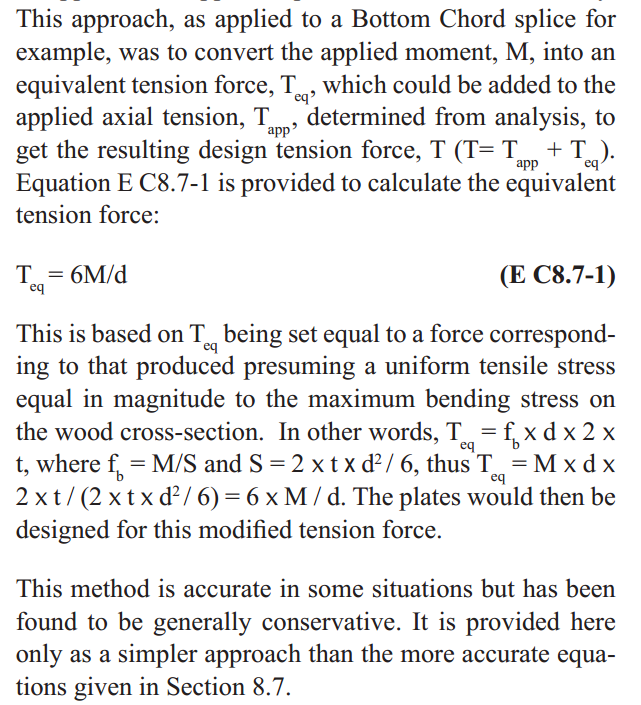SASteve
Structural
- Aug 26, 2016
- 10
It would be great if somebody could point me in the direction of any documents related to estimating the in-plane moment capacity of metal truss plates for wooden roof structures. I was hoping that I could find a method of quickly, and relatively accurately, assessing the moment capacity of the contact areas for each member at a joint.
I am researching wind effects on residential structures and need rough capacities to identify the locations of probable failure initiation.
I am researching wind effects on residential structures and need rough capacities to identify the locations of probable failure initiation.

